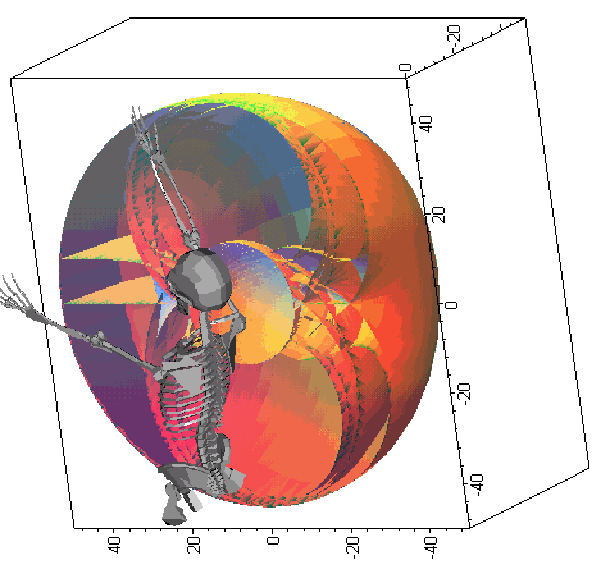Significant attention in recent years has been given towards obtaining a better understanding of human joint ranges, measurement, and functionality, especially in conjunction with commands issued by the central nervous system. Studies of those commands often include computer algorithms to describe path trajectories. These are typically in "open-form" with specific descriptions of motions, but not "closed form" mathematical solutions of the full range of possibilities. This paper proposes a rigorous "closed form" kinematic formulation to model human limbs, understand their workspace (also called the reach envelope), and delineate barriers therein where a path becomes difficult or impossible owing to physical constraints. The novel ability to visualize barriers in the workspace emphasizes the power of these closed form equations. Moreover, this formulation takes into account joint limits in terms of ranges of motion and identifies barriers therein where a person is required to attain a different posture. Examples include the workspaces of a typical forearm, a typical finger, and is used to illustrate the visualization of the progress in the functionality of a wrist undergoing rehabilitation.

Closed form
Exact
Can be optimized